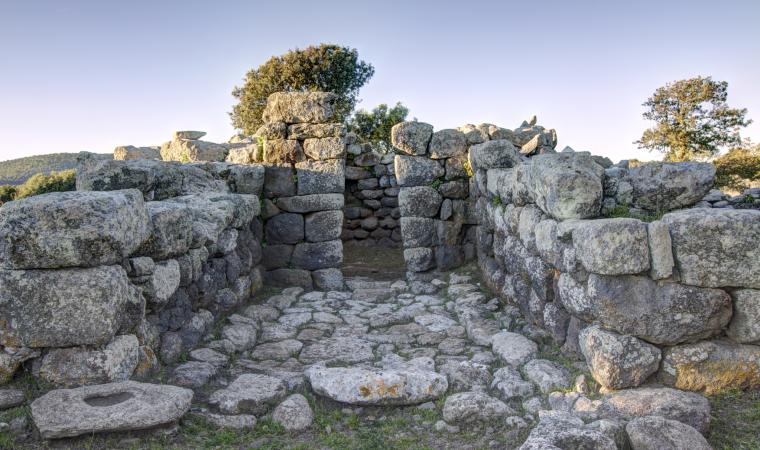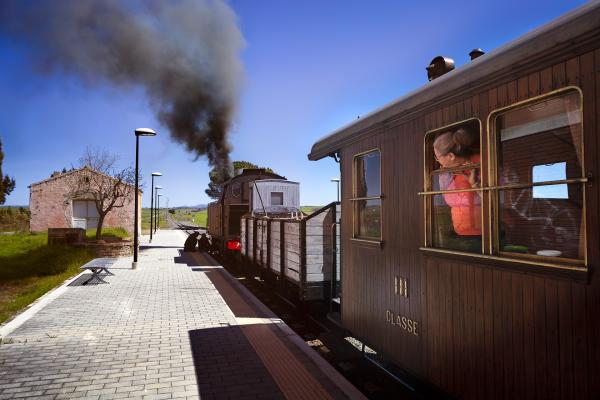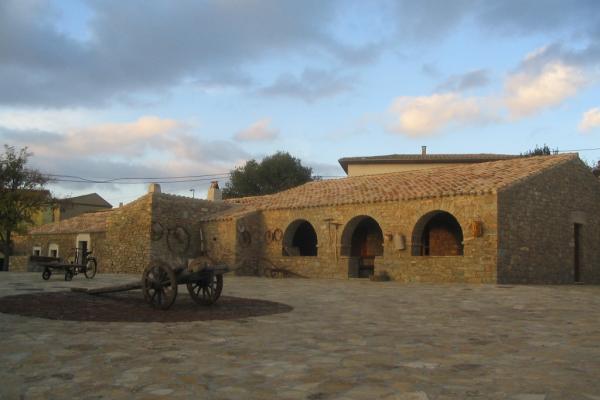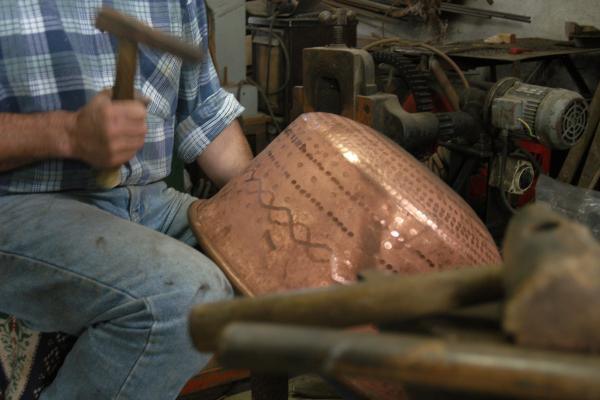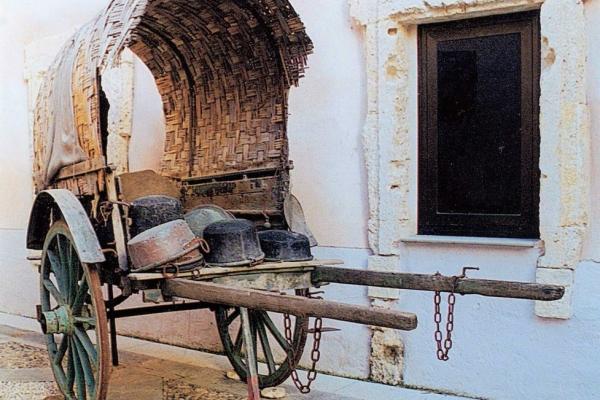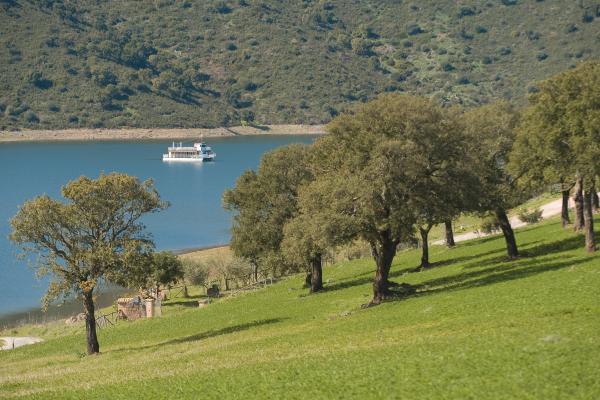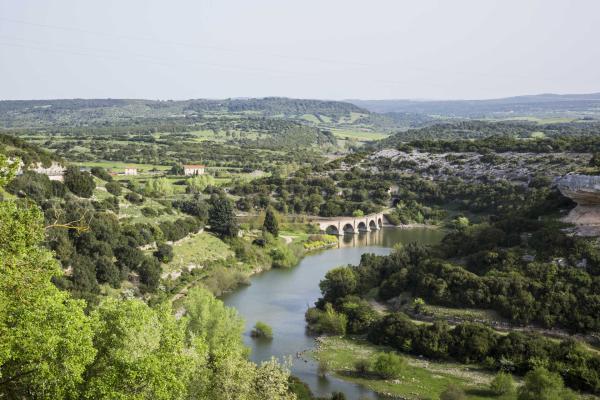Protected by a precipice to the south and a rocky wall to the north, the sanctuary of Santa Vittoria stretches for three hectares, among various relics from the past, in the Giara di Serri. It is an evocative place where you will observe the evolution of the Nuragic civilization in the Bronze Age and until the beginning of the Iron Age, from the corridor nuraghe (1500 BC), followed by the 'classic' nuraghe (14th to 12th centuries BC), until the area became (11th-9th centuries BC) the symbol of cultural religiosity and a cultural and commercial crossroads of all the Sardinian peoples and not only: Etruscan, Phoenicial and Cypriot objects, found in the excavations, are confirmation of exchanges that took place with distant peoples.

Nuragic or pre-Nuragic archaeology
On a basalt plateau, on the border between the territories of Sarcidano and Trexenta, in the central-southern part of Sardinia, there is one of the most important and long-lived archaeological areas on the Island, ranging from a Nuragic sanctuary to a Byzantine church
On a basalt plateau, on the border between the territories of Sarcidano and Trexenta, in the central-southern part of Sardinia, there is one of the most important and long-lived archaeological areas on the Island, ranging from a Nuragic sanctuary to a Byzantine church
Approfondimenti
See this place because...
You will be caught up between the mystery of the religious rituals and daily life of the population that inhabited prehistoric Sardinia, in the context of a splendid natural setting
Pictures and videos
Admission
Paid admission
Services
Ti piace questo luogo? Cagliari potrebbe essere la tua meta ideale.
You may also like
More attractions in the vicinity




